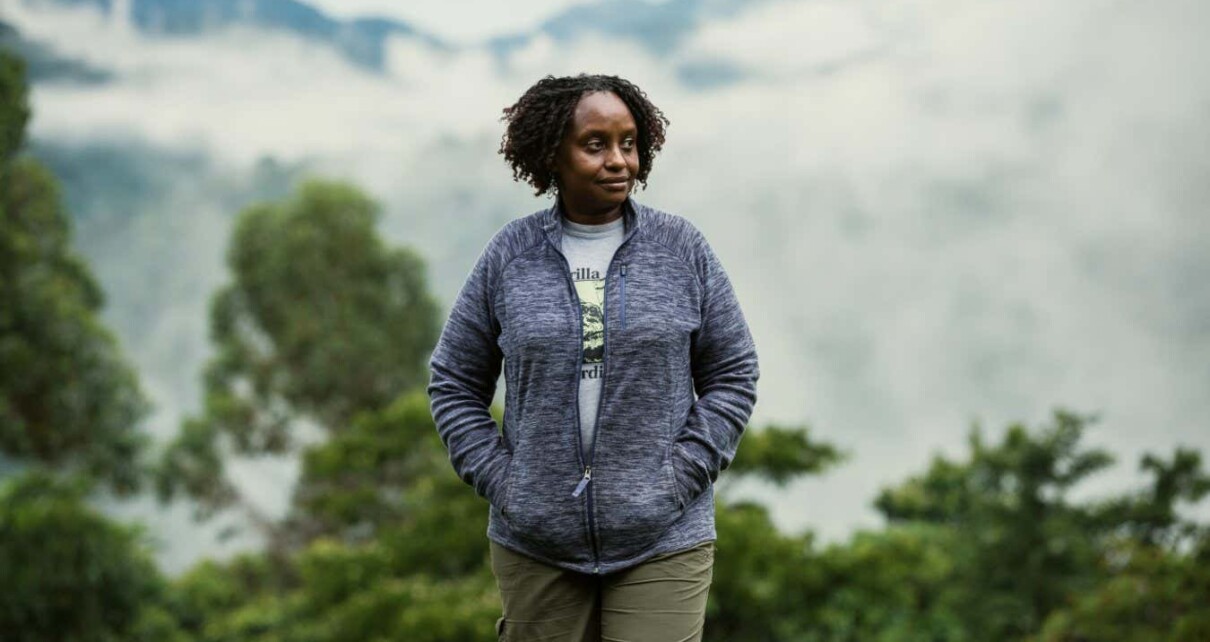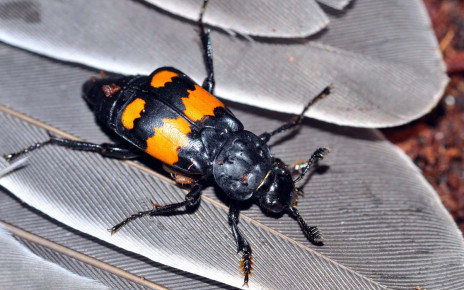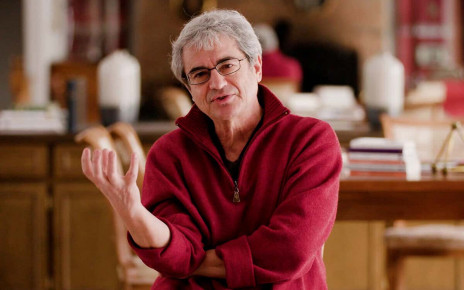[ad_1]

Gladys Kalema-Zikusoka has studied gorillas for over 20 years
kibuuka mukisa/UNEP
WHEN Gladys Kalema-Zikusoka became Uganda’s first wildlife vet in 1995, there were just 650 wild mountain gorillas in the world, 300 of which were in Bwindi Impenetrable National Park in south-western Uganda. The species as a whole was critically endangered and the future looked bleak.
Then Kalema-Zikusoka had an idea. At just 25 years old, having recently graduated from London’s Royal Veterinary College, she recognised that three major threats to the gorillas – disease, habitat loss and poaching – could be tackled by improving the health and well-being of local people. This approach was highly unusual at the time, but is now seen as a model of conservation practice globally.
In 2003, she left the Ugandan Wildlife Service to become founder and chief executive officer of non-profit organisation Conservation Through Public Health. She has spent the past 20 years conserving mountain gorillas in Bwindi, and populations are on the rise. Her memoir, Walking With Gorillas, will be published on 13 April. She spoke to New Scientist about her life and work.

Gorillas are vulnerable to many of the diseases that affect their human neighbours
Jo-Anne McArthur
Graham Lawton: How did you get the job as Uganda’s first wildlife vet straight out of veterinary college?
Gladys Kalema-Zikusoka: Whenever I came home on holidays from college, I worked with wildlife. I worked in Budongo Forest, where I did my very first study on wildlife, looking at parasites in the faecal samples of chimps. Two years later, I …
[ad_2]
Source link




